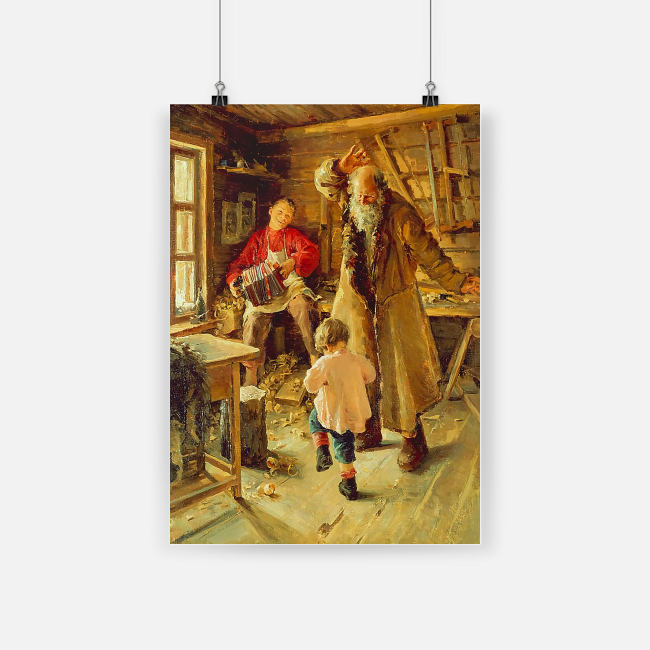In reality, in considering RBL as a metric for progress results, the Administrator’s proposed conclusions focused solely on the median RBL estimates, indicating that appreciable weight was given to progress-associated effects vintage donkey just in case no one told you today hello good morning poster and on the median RBL. Additionally, the commenters implied that the EPA misconstrued the CASAC comment on 6% RBL to
vintage donkey just in case no one told you today hello good morning poster
W126 index value estimates. The EPA disagrees that only a reduction in cumulative exposures to W126 index values below 10 ppm-hrs will affect the prevalence or extent of seen foliar injury. In so doing, we note that the in depth evidence, which is summarized in the ISA , analyses within the 2007 Staff Paper and in addition observations based mostly on the WREA dataset don’t assist this conclusion. In considering public feedback received on the EPA’s consideration of seen foliar injury in its decision on a revised secondary commonplace, the EPA first notes associated advice and feedback from the CASAC acquired during development of the PA. vintage donkey just in case no one told you today hello good morning poster The CASAC said that “ith respect to the secondary normal, the CASAC concurs with the EPA’s identification of opposed welfare results related to . . . harm to useful resource use from foliar injury” (Frey, 2014, p. iii). In its comments on ranges of a W126-based commonplace, the CASAC, seemingly in reference to the WREA seen foliar damage analyses, additionally acknowledged that “ degree below 10 ppm-hrs is required to cut back foliar harm”
(Frey, 2014, pp. iii and 15), with “W126 values under 10 ppm-hr required to reduce the number of sites exhibiting seen foliar injury” (Frey, 2014, p. 14). (Frey, 2014c, p. 14). Like the 1996 workshop, the CASAC describes 2% RBL as offering the premise for consideration of seven ppm-hrs, the decrease finish of their really helpful W126 vary (Frey, 2014c, p. 14). As a outcome, the precise scientific basis for judging a price of 2% RBL in the median studied species as an applicable benchmark of adverse influence for trees and different long-lived perennials just isn’t clear, which, as described in the proposal, contributed to the Administrator noting the higher uncertainty concerning the extent to which estimates of advantages by way of ecosystem companies and lowered effects on vegetation at O3 exposures beneath her recognized range of thirteen to 17 ppm-hrs may be judged vital to the public welfare. The comments that state that the standard should control cumulative exposures to ranges for which the estimated median species RBL is at or below 2% provided little rationale beyond citing to CASAC advice. We notice, nonetheless, that the CASAC did not specify that the revised secondary commonplace be set to limit cumulative exposures to that extent. Nor, in figuring out a variety of options for the EPA to think about, did CASAC suggest that the EPA consider solely W126 index levels related to median RBL estimates at or below 2%. Rather, the CASAC acknowledged that “it’s acceptable to identify a variety of ranges of other W126-based mostly standards that features emphasis added ranges that goal for not larger than 2% RBL for the median tree species” (Frey, 2014c, p. 14) and seven of the 9 levels in the CASAC-beneficial range of W126 index levels were related to larger RBL estimates . Some of the state and native environmental agencies and organizations and environmental teams that supported the EPA’s proposed choice to revise the secondary standard moreover indicated their view that the EPA should give more weight to development-related results by setting the usual at a level for which the estimated RBL can be at or below 2% within the median studied species. In help of this suggestion, the commenters cited the CASAC recommendation and said that the EPA’s rationale deviates from that recommendation with regard to consideration of RBL.
Click to buy vintage donkey just in case no one told you today hello good morning poster and hope you like
































Reviews
There are no reviews yet.